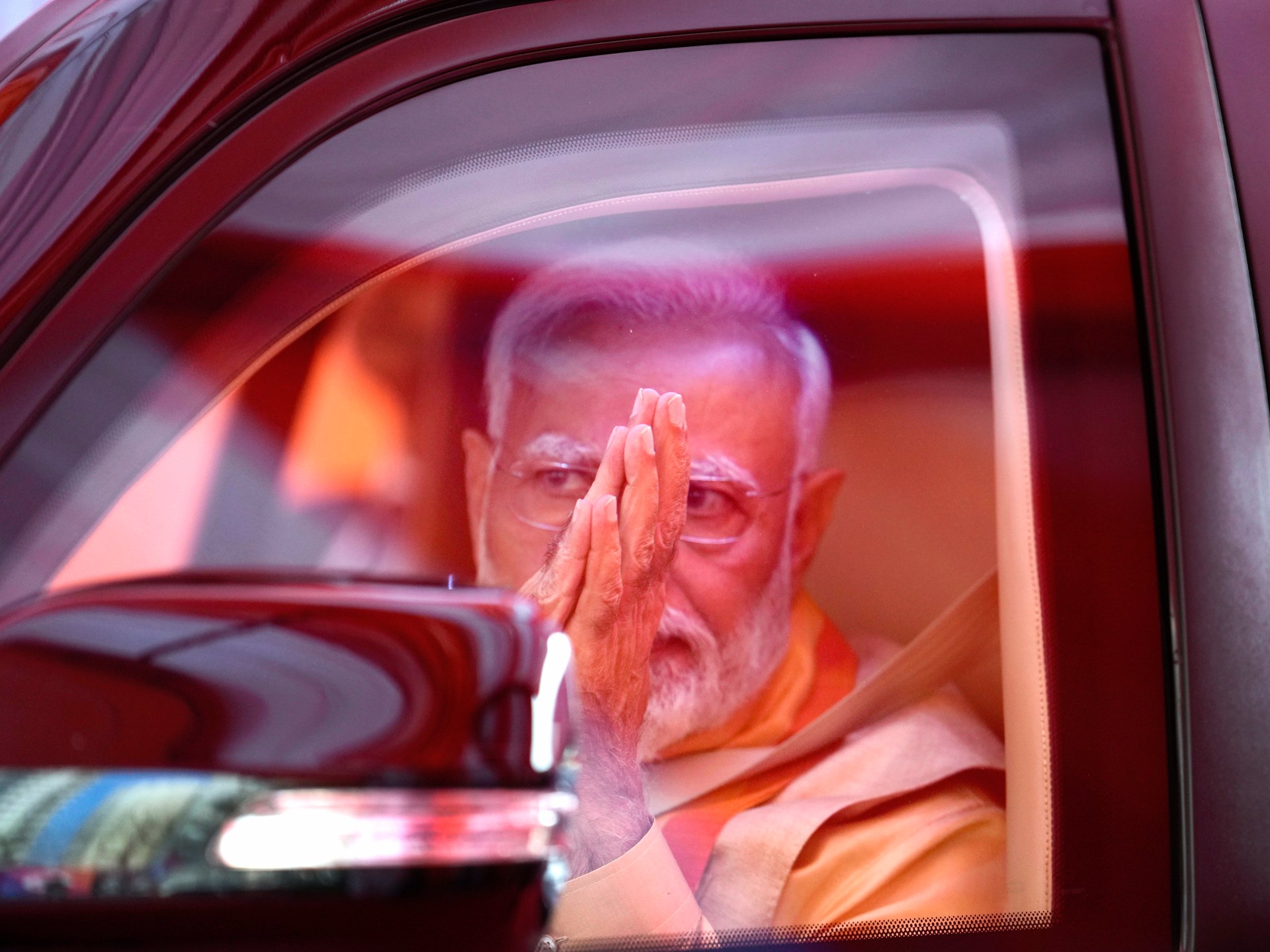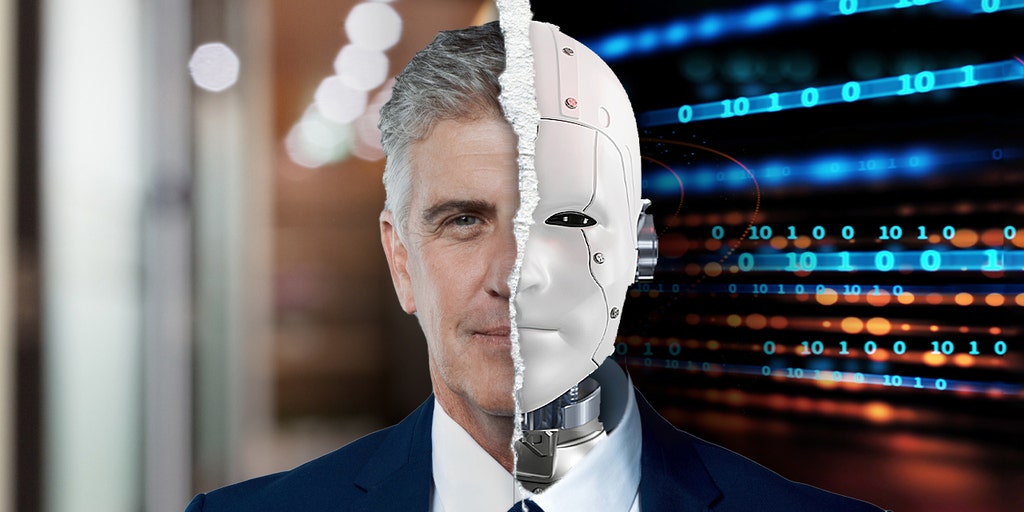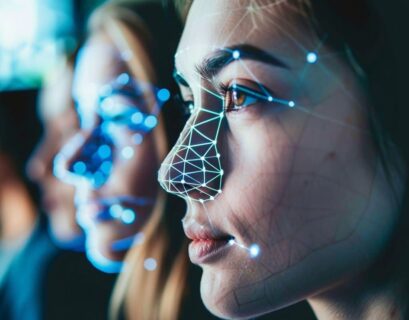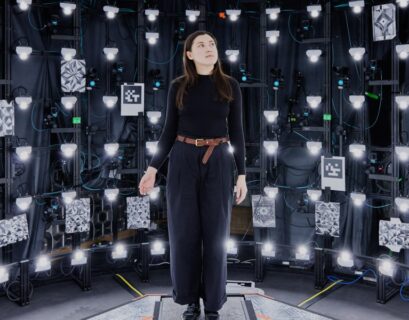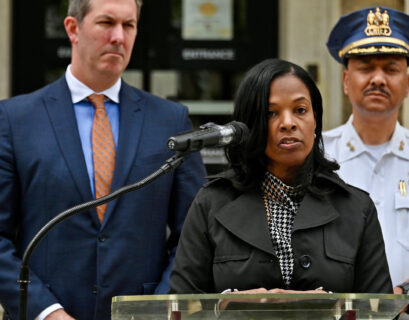New Delhi, India — During the early hours of November 30 last year, as voters lined up to participate in the legislative elections determining the next government of Telangana, a brief seven-second video began circulating rapidly on social media platforms.
Originally shared by the Congress party, the principal opposition party at the national level, the video featured KT Rama Rao, a prominent figure from the ruling Bharat Rashtra Samiti in the state, urging people to support the Congress.
This video, disseminated across various unofficial WhatsApp groups affiliated with the party, eventually made its way to the official party account, garnering over 500,000 views.
However, the video was a fabrication.
Acknowledging the use of AI technology in creating the misleading clip, a senior Congress party member revealed to Al Jazeera that despite its realistic appearance, the average voter would struggle to discern its authenticity amidst the ongoing voting process, leaving little time for damage control by the opposing campaign.
This strategically timed deepfake incident symbolized the influx of AI-generated or altered media that tainted several state elections in India recently, posing a significant threat to the upcoming national elections, set to take place between March and May, involving nearly one billion voters.
The concerns surrounding deceptive AI-generated content gained global attention following the circulation of manipulated explicit images of artist Taylor Swift on social media platforms in January. Indian Information Technology Minister Ashwini Vaishnaw and Prime Minister Narendra Modi have both expressed apprehensions regarding the impact of deepfakes on democracy.
With the accessibility of AI tools, political parties across India, including the technologically adept Bharatiya Janata Party (BJP) led by Modi and the Congress, have embraced the use of deepfakes as a means to sway voters, as disclosed by managers of approximately 40 recent campaigns interviewed by Al Jazeera.
The BJP, known for its technological prowess, has been pioneering the use of illusions in campaigning efforts. In 2012, they utilized 3D hologram projections of Modi to enable simultaneous campaigning across numerous locations. Subsequently, during the 2014 general elections that propelled Modi to power, this strategy was extensively employed.
While earlier instances involved minimal deception, in February 2020, Manoj Tiwari, a BJP parliament member, became one of the first globally to leverage deepfakes for campaigning purposes. Through three videos addressing voters in Delhi ahead of the legislative assembly elections in Hindi, Haryanvi, and English, Tiwari reached diverse audiences in the multicultural city. Notably, only the Hindi video was authentic, with the other two being deepfakes, expertly crafted using AI to replicate his voice, words, expressions, and lip movements, rendering them nearly indistinguishable from genuine recordings.
Recent advancements have seen the Dravida Munnetra Kazhagam (DMK), governing the southern state of Tamil Nadu, utilizing AI to resurrect their iconic leader M Karunanidhi through lifelike videos for campaign events.
Anticipating the 2024 elections, consultants and campaign managers foresee a heightened proliferation of deepfakes in political discourse.
Arun Reddy, the Congress’s national social media coordinator, emphasized the pivotal role of AI tools in shaping public perception and expressed a plethora of innovative ideas to integrate AI into campaigning strategies, underscoring the shortage of skilled personnel to execute these plans effectively.
As parties gear up for the forthcoming elections, the landscape of political campaigning in India is poised to witness a surge in AI-manipulated content, significantly surpassing previous levels.
The realm of political campaigns in India is evolving rapidly, with AI technologies playing an increasingly influential role, reshaping narratives and potentially blurring the lines between reality and fabrication.

